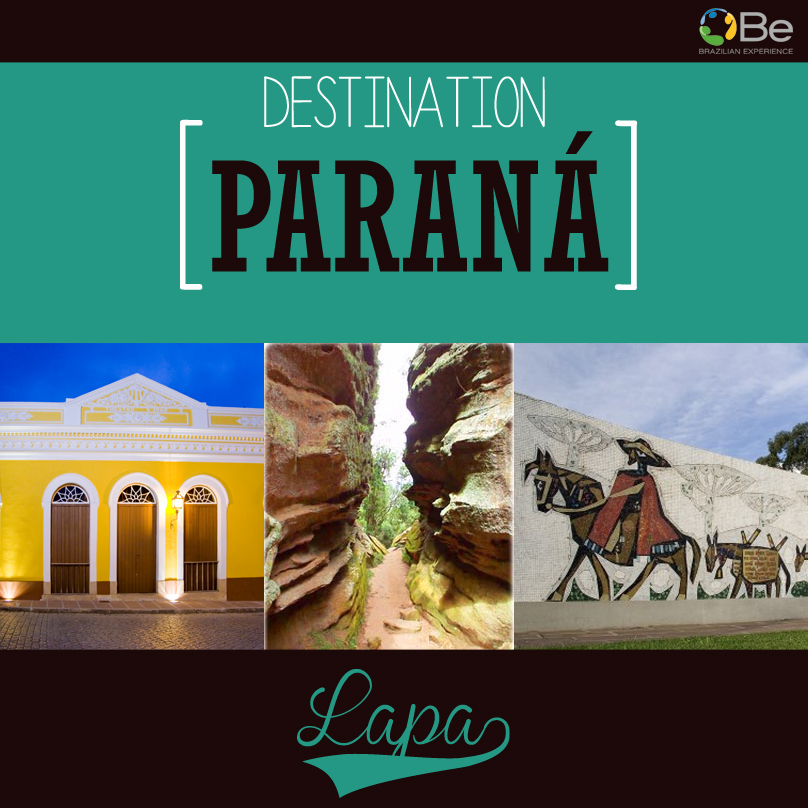
With the largest collection of preserved architecture of Paraná, 14 blocks and 258 buildings listed by the National Historic and Artistic Heritage, the place breathes history. Starting with the appearance of the city, which was founded in 1806.
The City of Lapa originated from a small village on the historic route that connected Viamão (RS) to Sorocaba (SP), where the tropeiros travelled with the cattle, taking them from the south of Brazil to the southeast. On the place where Lapa is now located, in the year of 1731, the captaincy of São Paulo decided to create a point for toll collection of cattle that passed through the River Iguaçu.
There is no shortage of museums and spaces that recall and pay tribute to the war heroes. One of them is the Pantheon of Heroes, where the remains of General Carneiro, as well as many others who fell during the resistance, are buried. Outside of this monument, you can find the 75 mm Krupp cannon, used at the time. Inside, besides several plates honoring the combatants, are the busts of the resistance leaders. The site, which is near the Church Square, is open 24 hours and can be visited for free.
One famous character from Lapa was the Monk Jose Maria D’Agostinis, who devoted much of his life to meditation, prayer and aid to the faithful, who sought to miracle cures. The site where the monk chose to spend much of his life, is now a park: the Monge Park. The history of the site says that the monk nailed a cross, and from that spot came a fountain believed to be miraculous.
Since 2009, the park is under renovation. It is currently closed to cars, but released for walking visits. At the entrance there is an Environmental Police office, where it is possible to leave the car and proceed on foot. It is a quiet walk until you get to the Park’s grotto, passing several water sources coming down the rocks. Some sections are more complicated to pass, but nothing too tiring. Tip: avoid rainy days, bring water and something to eat, because the place does not offer snack bars.
Another striking feature of Lapa is the cuisine. The “tropeira” food is very traditional. In the list of the dishes you must try are the patê de torresmo, the arroz carreteiro; the quirera; the virado de feijão and the coxinha de farofa, all of them very typical and even hard to translate.
Other attractions include the Museum of Weapons, a building constructed in Portuguese colonial style that houses an important collection of historical military items and the Tropeiro Museum, with its collection that rescues the Tropeirista movement.



